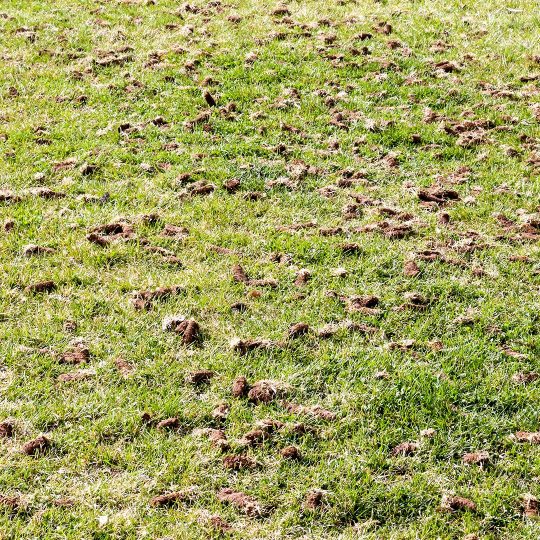Learn how to aerate your lawn the right way. Follow our easy guide to keep your lawn healthy and beautiful.

Credit: www.pennington.com
What is Lawn Aeration?
Lawn aeration involves making small holes in the soil. This helps air, water, and nutrients reach the grass roots. It keeps your lawn healthy and strong.
Why is Lawn Aeration Important?
- Improves Soil Health: Aeration helps break up compacted soil.
- Enhances Root Growth: Roots get more air, water, and nutrients.
- Reduces Thatch: Thatch is a layer of dead grass. Aeration helps break it down.
- Better Water Absorption: Water can reach the roots more easily.
When to Aerate Your Lawn?
The best time to aerate depends on your grass type.
| Grass Type | Best Time to Aerate |
|---|---|
| Cool-Season Grasses | Early Spring or Fall |
| Warm-Season Grasses | Late Spring or Early Summer |
Aerate when the soil is moist. Avoid very dry or very wet conditions.
Tools You Need for Lawn Aeration
- Manual Aerator: Ideal for small lawns.
- Lawn Aerator Shoes: Shoes with spikes. You wear them and walk around.
- Core Aerator: Removes plugs of soil. Best for larger lawns.
- Spike Aerator: Pokes holes in the ground. Good for less compacted soil.
Step-by-Step Guide to Aerate Your Lawn
- Water Your Lawn: Water the lawn one day before aeration. This softens the soil.
- Mark Obstructions: Mark any sprinkler heads or other obstacles. This prevents damage.
- Choose Your Tool: Select the right aeration tool for your lawn size and type.
- Aerate the Lawn: Push or walk the aerator across the lawn. Cover the entire area.
- Remove Soil Plugs: If using a core aerator, leave the soil plugs on the lawn. They will break down naturally.
- Fertilize and Seed: After aeration, fertilize and seed your lawn if needed.
- Water Again: Water the lawn lightly after aeration. This helps the soil settle.
Common Mistakes to Avoid
- Aerating Dry Soil: Always water the lawn before aerating.
- Using the Wrong Tool: Choose the right tool for your lawn size and type.
- Aerating Too Shallow: Make sure holes are deep enough, at least 2-3 inches.
- Skipping Fertilization: Fertilize after aeration for best results.
- Not Marking Obstructions: Mark obstacles to avoid damage.
Benefits of Regular Lawn Aeration
Regular aeration offers many benefits.
- Healthier Grass: Grass grows stronger and greener.
- Better Soil Structure: Soil becomes less compacted over time.
- Improved Water Absorption: Water reaches the roots more easily.
- Reduced Thatch: Thatch breaks down faster.
- Enhanced Root Growth: Roots grow deeper and stronger.

Credit: www.cardinallawns.com
Frequently Asked Questions
What Is Lawn Aeration?
Lawn aeration involves perforating the soil to allow air, water, and nutrients to penetrate grass roots.
Why Should I Aerate My Lawn?
Aeration helps reduce soil compaction, enhances root growth, and improves overall lawn health and appearance.
How Often Should I Aerate My Lawn?
Aerate your lawn once or twice a year, ideally during the growing seasons.
What Tools Do I Need For Lawn Aeration?
You can use a manual or mechanical aerator, or a spiked lawn aeration sandal.
Conclusion
Aerating your lawn is simple and rewarding. Follow our guide to keep your lawn healthy and beautiful. Regular aeration will ensure your grass thrives year-round.
